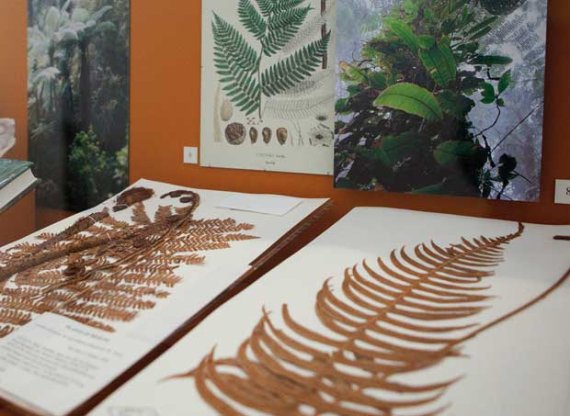The complete genetic makeup of a dried plant has been deciphered for the first time. That means researchers in herbaria can go on the hunt for as yet unknown useful genes. A group of scientists from Wageningen and Leiden will be publishing their findings soon in the journal PLoS ONE. In their experiment, they se-quenced the genome of a 44-year-old thale cress plant from the herbarium in Wageningen. Martijn Staats, a Biosystematics postdoc at the time, was able to sequence 94 per cent of all the genetic letters and 98 per cent of the coded information. These percentages are similar to what can be achieved with ‘fresh’ plant material. This is the first proof that you can read the genetic material of a herbarium plant in its entirety. So we should no longer see herbaria as simply boring collections, says Freek Bakker, associate professor of Biosystematics. They are treasure troves of information. He thinks plant breeders will soon be finding interesting genes in the predecessors of today’s crops. What is more, collections of old plants let you travel back in time. A Danish study, for example, compared the genetic variation in a museum fish and a modern-day fish to find out about population changes. Staats also sees lots of potential in such experiments: ‘You’ll see, this is really going to take off.’
Tangled mess
Sequencing herbarium plants is so difficult because the genetic material is severely affected by the conservation process. Plant collectors dry their specimens in ovens at 60 degrees Celsius, sometimes storing them first in preservatives. As a result, 80 per cent of the DNA is ‘beyond reach’. Bakker suspects that the DNA strands react to form a tangled mess or end up in fatty membranes. The experiment performed by Staats has put these worries to rest. For instance, it turns out that the preservative causes hardly any changes in the code, so the sequenced information is reliable. And the fact that the DNA breaks up into short pieces is no longer a problem either as, unlike their predecessors, new sequencers actually prefer to work with small pieces of DNA. Nevertheless, Bakker does not want to give the impression you can sequence any old plant. ‘Thale cress has an atypically small genome. I don’t think we could have managed this with an ordinary plant.’

